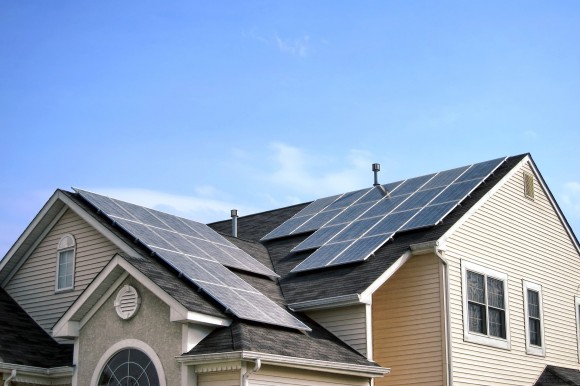Solar panels are quickly becoming a fixture in our everyday lives. Comprised of photovoltaic cells, solar panels harness and convert the sun’s energy into usable electricity otherwise generated by the use of oil, coal and “dirtier” fossil fuels.
The environmental benefits associated with solar panels cannot mask the potential bodily injury and property damage risks associated with their manufacture and use.
While litigation involving solar panels is sparse, the following scenario highlights the potential bodily injury and property damage claims that manufacturers, installers and disposers may face.
A manufacturer establishes a processing plant in Rural Town, USA. The manufacturer’s employees produce hundreds of solar panels and distribute the panels to the installer, which installs the panels across the country. The manufacturer discovers that some panels have faulty cells prior to installation and delivers the panels to the disposal company, which disposes of the unused product in a designated landfill near the plant.
An employee may sue the manufacturer for bodily injury damages because of chemical exposure.
A homeowner living adjacent to the manufacturing plant, or to the landfill, may sue the manufacturer or the disposal company if toxic chemicals contaminate the homeowner’s potable water supply. A business owner may seek to recover property damage costs from the manufacturer to replace individual panels that short and fail. A residential owner may seek to recover from the installer and the manufacturer for property damage when a panel or series of panels catch fire.
These claims highlight some of the coverage issues that may arise under a standard general liability policy. The manufacturer and disposal company seeking coverage for the homeowner’s exposure claims will have to most directly contend with the application of the total pollution exclusion.
The typical total pollution exclusion broadly excludes coverage for damages “arising out of the actual, alleged or threatened discharge, dispersal, release, or escape of pollutants.” The manufacturing process involves chemicals, including silica, that courts routinely consider “pollutants,” and an insured would not be entitled to coverage for bodily injury “arising out of” silica. Because many jurisdictions interpret “arising out of” broadly to require only a “but for” causal connection, an insured may not be entitled to coverage even where a loss is caused both by pollutants and non-pollutants.
Standard general liability policies provide coverage for “property damage” caused by an “occurrence,” defined to include an “accident.” Many jurisdictions hold that faulty workmanship, which does not cause damage to third party property, is not an occurrence. The installer will be most affected by the “occurrence” definition to the extent the installer’s faulty workmanship causes property damage to the panels alone.
Liability policies similarly exclude coverage for damage to the insured’s “work,” defined to include the insured’s operations, and “product” defined to include anything the insured manufactures, installs, distributes, or handles.
As with the “occurrence” definition, courts often hold that these exclusions apply to damage to the insured’s work or product, but do not apply to exclude coverage for damage to third party property caused by the insured’s faulty workmanship. Accordingly, the manufacturer and installer may not have coverage for damage to the solar panels, but would have coverage for a fire that causes harm to other parts of the homeowner’s residence.
Realistically, plaintiffs will not only sue parties in the product’s manufacturing chain, but may also name contractors, subcontractors and property owners. Each lawsuit will require an analysis of the coverage implications based on the type of insured involved, the insured’s role in causing the damage and the nature of the damage being claimed.
Was this article valuable?
Here are more articles you may enjoy.



 Law Firm Faces Sanctions for Failing to Vet Ugandan Claims in $6B 3M Case
Law Firm Faces Sanctions for Failing to Vet Ugandan Claims in $6B 3M Case  Litigation Funding, Other New Laws in SE States Could Impact Liability Insurance
Litigation Funding, Other New Laws in SE States Could Impact Liability Insurance  CRC Group Signs Agreement to Acquire Euclid Transactional
CRC Group Signs Agreement to Acquire Euclid Transactional  High-Net-Worth Risk Appetite Drops as Some Regions Show Stabilization
High-Net-Worth Risk Appetite Drops as Some Regions Show Stabilization 


